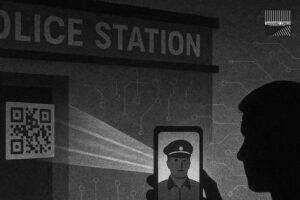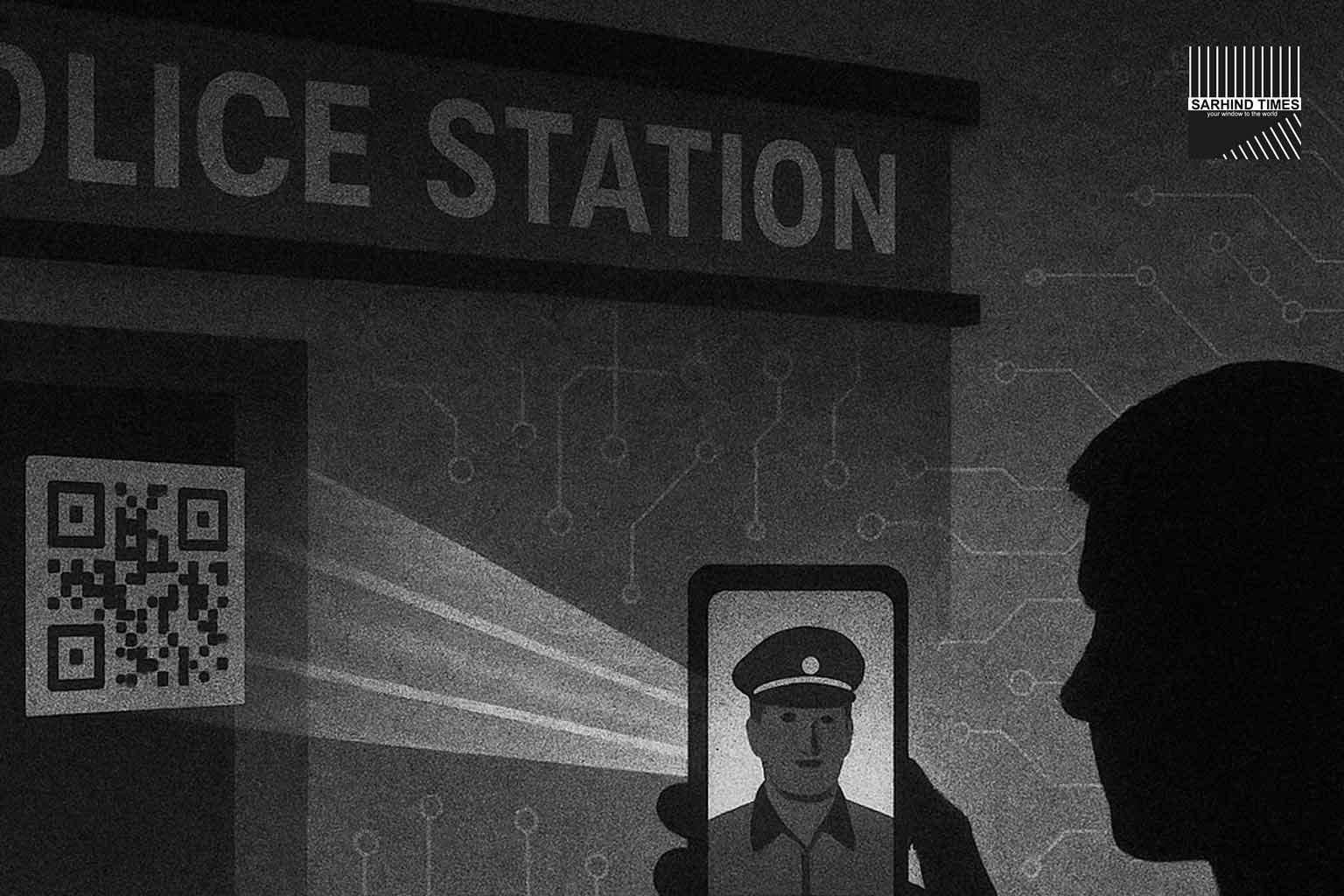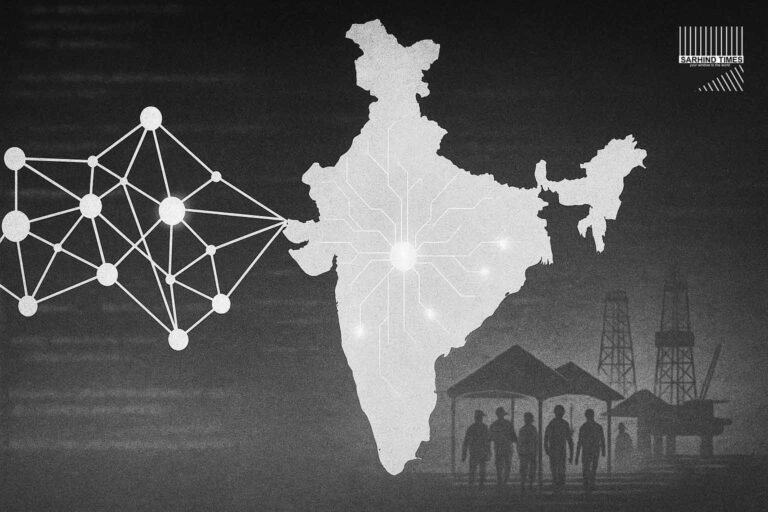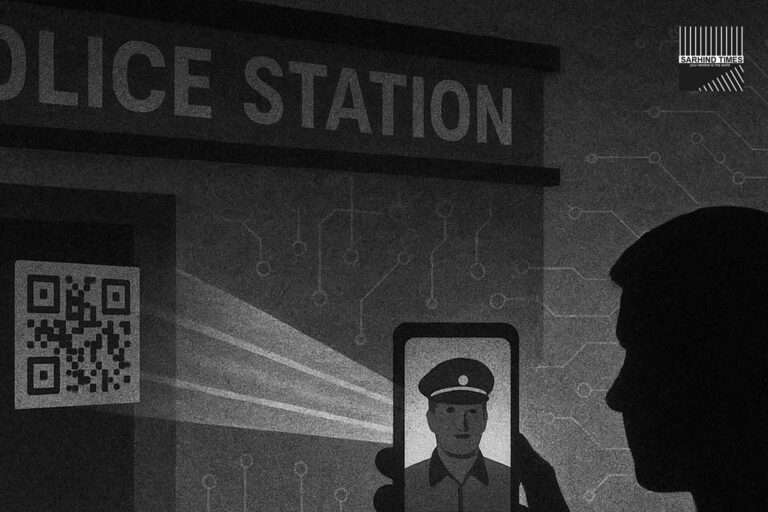Washim, Maharashtra / New Delhi, October 18, 2025 — In a quiet but potentially paradigm-shifting move, the Washim subdivision of Maharashtra has launched “Direct Dialogue with ASP”, an AI-driven video call system that lets citizens interact live with the Assistant Superintendent of Police. Citizens scan a QR code at the police station, book 10-minute video slots (with a Marathi interface), and have their concerns heard directly. The system, built on open-source Python infrastructure, auto-summarizes dialogues, issues action points, emails follow-ups, and feeds a dashboard for crime-pattern spotting. The pilot, running Tuesdays and Thursdays between 11 am and 1 pm, aims to reduce friction in policing, elevate accountability, and bring empathy back to law enforcement in far-flung districts.
Transparency advocates call it a “zero-cost, high-impact” model ideally suited for districts where travel time and crowded thana queues deter access. If it works in Washim, the blueprint could scale across Maharashtra and beyond—as a citizen-first policing tool in the digital era.
System Design & Technical Architecture
QR-Based Booking & Interface
Each police station in the Washim subdivision will display a QR code. A citizen scans it with a smartphone and is redirected to a booking portal (Marathi language) where they choose a 10-minute slot for a video call with the ASP. Users must fill basic info and reason for call.
Video Call + AI Processing
Once the call occurs, the system records key dialogue (audio / minimal video) and runs real-time speech-to-text processing. Using NLP modules, it generates summaries, action items, and departmental routing decisions.
Follow-Up & Transparency
After each session, the complainant and relevant departments receive email summaries with action points and deadlines. A centralized dashboard shows aggregated issue categories (e.g. theft, civic complaints, domestic), location heatmaps, and trend lines for police administrators.
Escalation Logic & Hierarchy
The system maintains policing chain-of-command logic. Routine complaints must first pass through nearest PS (police station). Only unresolved or major issues escalate to the ASP slot. This preserves protocol integrity and avoids bypassing local officers.
Open-Source & Scalability
Built on open-source technology stacks (Python, Flask / Django, WebRTC), the system is light-weight and modular. It can be replicated in other districts with minimal cost. It is designed to work over low bandwidth, with fallback to audio when video is unstable.
Operational Realities & Pilot Logistics
Pilot Schedule & Staffing
- Days: Tuesdays & Thursdays
- Hours: 11 am – 1 pm
- ASP’s involvement is scheduled; supporting police staff coordinate call scheduling, station interface, and issue routing.
- Circuit fallback practices: If ASP is busy, calls may be rescheduled or alternate times provided.
Adoption & Outreach
Citizens are informed via local public notices, social media, station boards and community outreach. The system initially focuses on urban-rural fringe stations where access gaps are highest.
Data Privacy & Safeguards
To mitigate misuse, recordings are stored temporarily, under access controls. Only key summaries (not full video) go to departments. The system logs audit trails for oversight. Citizens must consent to recording and summary use.
Integration With Existing Systems
The interface is planned to integrate with existing police complaint portals, CCTV, FIR systems, and data analytics backends. Over time, the system may feed into district-wide policing dashboards.
Impact Potential & Innovation Significance
Enhancing Accessibility
This is the first time a district ASP becomes digitally accessible to citizens who otherwise might travel long distances or wait indefinitely. It democratizes access and bridges police–public distance.
Efficiency & Accountability
Instead of opaque complaint registers, citizens get documented summaries and timelines. Departments receive structured inputs, enhancing clarity and tracking. For police leadership, dashboard insights may help allocate patrol resources or preventive deployment.
Transparency & Public Trust
The system shines light on policing engagements, reducing anonymity and bureaucratic opacity. By offering a predictable forum, it could rebuild trust and reduce grievances over unresponsiveness.
Scalability as a Model
Washim’s success could serve as a replicable template—especially in rural or semi-urban districts nationwide. The open-source nature reduces cost barriers, making it accessible to low-budget districts.
Challenges, Risks & Mitigation
- Bandwidth & Technical Constraints: Rural internet may be spotty. The system must fall back to audio or text when video fails.
- Scalability of ASP Bandwidth: Demand may outpace ASP availability. Rotating or deputy ASP involvement may be needed.
- Data Security & Privacy: Risk of leakages, misuse of recorded data. Must enforce encryption, access logging, retention policies.
- Citizen Education & Trust: Some citizens may distrust video calls or misuse the system for frivolous complaints. Managing expectations and filtering is needed.
- Operational Inertia & Resistance: Some field officers or local PS staff may see this as top-down imposition. Sensitization will be needed.
- Backlog & Response Fatigue: If complaints pile without timely resolution, credibility may erode. Strong follow-up mechanisms essential.
Voices & Reactions
“I scanned the QR at my local PS and spoke to the ASP sitting in his office — I didn’t have to travel or wait in queues,” said a citizen from Washim town.
A local SHO remarked: “We now see more structured, documented complaints. That helps track and respond rather than informal logbooks.”
A tech policy expert praised the approach: “This is the kind of incremental digital reform that deepens democratic access to law enforcement.”
Opposition voices caution: “Tech can help, but underlying police responsiveness, resource constraints and judicial backup remain crucial.”
What to Monitor & Future Scaling
- Number of calls booked vs completed
- Time-to-resolution for complaints passed via video sessions
- Citizen satisfaction or feedback surveys
- Adoption rates across PS and subdivisions
- District-level expansion to more languages, time slots, or roles e.g. DSP, SP
- Integration with e-FIR, CCTV analytics, predictive policing
If Washim’s pilot succeeds, state police directors may replicate it statewide. Other states may adapt for regional languages and administrative structures.
Conclusion
Washim’s “Direct Dialogue with ASP” is modest in scale but potentially grand in impact—a bridge between citizens and command in policing. By combining QR access, digital booking, AI summarization, and structured accountability, Washim is reimagining the front door to law enforcement.
In an era where trust in policing is under strain, tech augmentations like this may not replace boots on ground, but they can reset citizen expectations and administrative practices. If replicated with care, it might mark a new wave of smart policing—where access, responsiveness and transparency become standards, not exceptions.
This is not just a pilot for Washim, but a blueprint for 21st-century policing across India.
#SmartPolicing #AI #GovTech #Maharashtra #CitizenServices #DigitalIndia #PolicingInnovation #QRCode




















+ There are no comments
Add yours